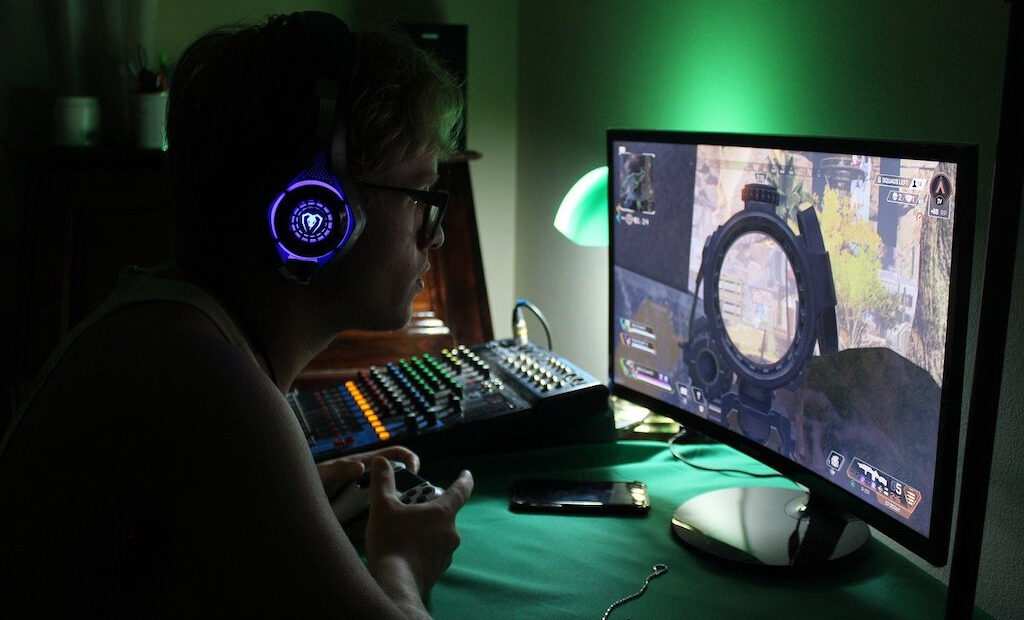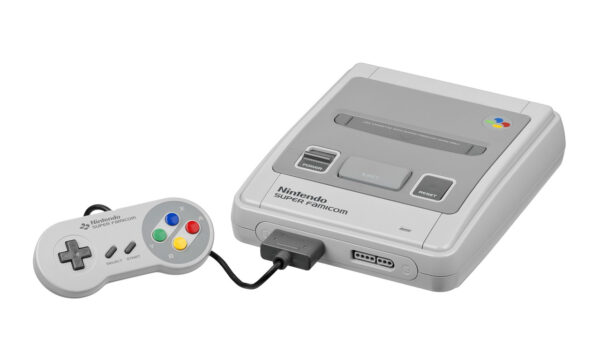Minimum tech requirements for a game streamer

Live streaming changed a lot in the world of online gaming: live games added a social aspect to Internet games. Anyone who’s been on Twitch will have seen accounts that stream games, from sports to RPG, first shooters to platform. Despite the streaming service banning some links, players film themselves and broadcast to interested audiences.
For those who want to become content creators, setting up is not complicated. However, some newbies still get a few things wrong and ruin their chances. The most basic setup will get the job done, but it might not bring the results the player wants, so it’s worth knowing about the right equipment to invest in before starting to stream. Thanks to the popularity of live streaming, beginners have a wide range of products from which to choose. Knowing the minimum requirements gives an idea of what to focus on.
Why equipment matters
The tools of the trade are just as crucial as the content. In fact, the quality of the material one puts out depends on the equipment used. There’s no need to splurge on the fanciest gadgets to attract followers. Nevertheless, it’s necessary to invest in decent products that don’t produce low-standard content. The quality of streams influences the type of viewers attracted. For example, it’s possible to make do without premium graphics, but streamers must ensure the sound is as clear as possible. Most people can forgive poor picture quality but not bad audio.
It’s important to have a reasonable budget for the streaming tech. When starting out, there might only be a small budget for the equipment, so it’s a good idea to allow some time to see how streaming pans out, then upgrade to higher-quality tools. Even top streamers using the latest gadgets didn’t all start that way. Some began with simple PCs and streaming software. The numbers he pulls across different channels might have wannabe streamers aiming for the sky. The secret to growing as a content creator, though, is knowing where to focus energy. Here’s some of the equipment required for a beginner and how to progress.
A decent computer
Most Twitch streamers are gamers, so they use high-powered computers that can handle the heavy graphics of video games. If one only intends to stream simple games, then even a laptop serves those needs. The minimum recommendation from Twitch is an Intel Core i5-4670 processor or its AMD alternative. Windows 7 or a newer version and at least 8GB of RAM are enough to get set up. While it’s possible to make do with a laptop, a desktop computer is more suitable, particularly if one plans to stream for several hours continuously (a laptop might present overheating issues). One computer is sufficient for a streamer. However, as things grow, two machines might serve better, with one used for gaming and the other for streaming.
Cameras and microphones
Those trying to save money can use the built-in cam on the laptop until they can afford a decent webcam. Streaming off-camera is not uncommon, but there will be interaction in broadcasts if viewers can see the player, so it’s worth investing in a good quality camera. There are generic options or streaming webcams, which cost more. Whatever the decision, it’s best to ensure the camera has great picture quality – at least 720p – and a wide field of view. Once large numbers start watching, it’s time to upgrade to 1080p resolution.
Sound is one of the most critical elements in live streaming. People love live streams because they can engage with content creators, but, for that, they need to be able to hear. Even if one plays games off-camera, it’s still possible to entertain viewers by talking. Thus, streams need crisp audio. The inbuilt mic in a PC or laptop rarely delivers quality sound, so this might be the time to spring for a microphone. USB mics are popular among Twitch content creators because they are user-friendly and produce excellent audio. Streamers also require a nice pair of headphones. Comfort and budget determine the choices there.
Streaming software
The software used influences how gaming streams are developed and presented to the public. One needs streaming software that guarantees an excellent experience – both for the user and their followers. Streamlabs and OBS Studio are the go-to for game streaming; the platforms provide superior customisation features that let content creators personalise layouts. When selecting broadcasting software, it’s important to consider the user interface, tech support and functionalities. For example, a good platform should support multistreaming. Prospective buyers should consider trying out free streaming software before moving to the paid versions.
Of course, it’s not possible to do anything without a stable Internet connection. The connection should provide the best possible bitrate (the data transferred during a live broadcast). The bitrate determines the Internet bandwidth being consumed and should ideally be at 20% lower than the upload speed to ensure stability. Minimum upload speeds of 3MB/second should keep broadcasts going.
Once the hardware and software are ready, it’s time to test the setup – there’s nothing worse than fumbling with a particular gadget on-air, unsure of how it works. A test run lets users iron out any kinks and avoid embarrassing themselves during a stream.
Creating streams is not overly complicated with the right setup. Anyone considering becoming a streamer should learn some fundamentals of setting up for Twitch streaming before beginning. Remember, although expensive equipment doesn’t guarantee success, skimping too much on the streaming tech will compromise the content quality.
The editorial unit























Facebook
Twitter
Instagram
YouTube
RSS